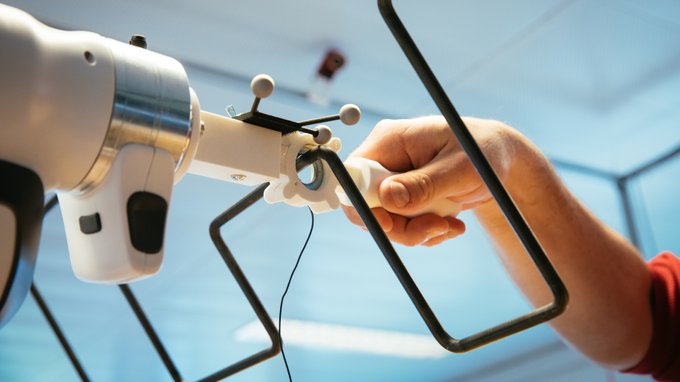The MOVER project is related to the study of morphological and motor variability of a human operator. Its goal is to develop tools for representing different operators with varying morphologies, mouvement amplitudes and motor variability for ergonomics purposes.
Motor variability : an appropriate level of motor variability can contribute to lower the incidence of musculoskeletal disorder of a human operator. In this framework, the aim of the project is to get a better insight into the motor variability of a human operator through different experimental protocols. In particular, we aim to study the impact of different experimental factors related not only to the task, such as precision, force and time constraints but also to the operator sensory-motor and cognitive status such as fatigue or expertise.
The scientific objective is to derive relevant metrics to quantify and qualify the motor variability and their correlation with indices of the operator’s motor and cognitive state.
Based on the metrics of motor variability, the long term goal is to develop command laws for cobots to encourage the operator to vary his movements sufficiently and appropriately in order to relieve overworked muscle groups and joints.
The first experimental protocol relying on the paradigm of the wire loop game is in preparation.
Morphological variability : based on the interval analysis theory, the redundancy tube formalism was developped. It allows to model several important aspects such as the difference of anthropometry and mouvement amplitudes in an unified framework.
People involved:
- Rapahël Bousigues (Larsen/Auctus)
- David Daney (Auctus)
- Pauline Maurice (Larsen)
- Vincent Padois (Auctus)
- Joshua Pickard (Auctus)
- Nasser Rezzoug (Auctus)
- Jonathan Savin (INRS)
